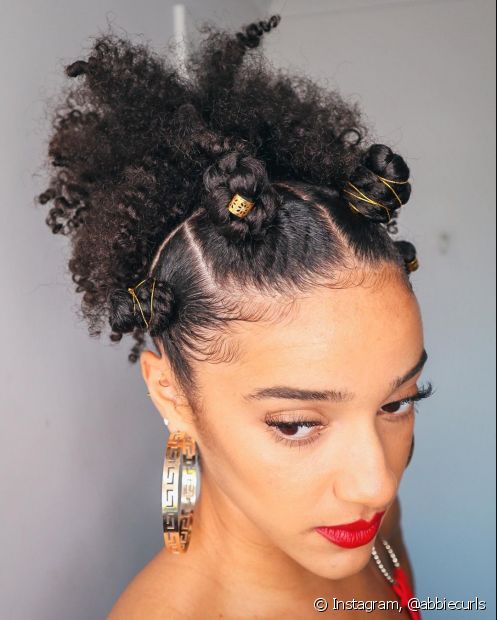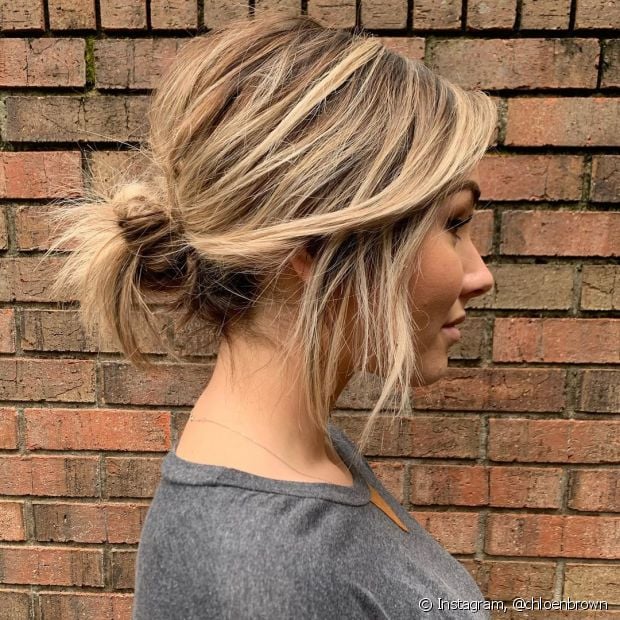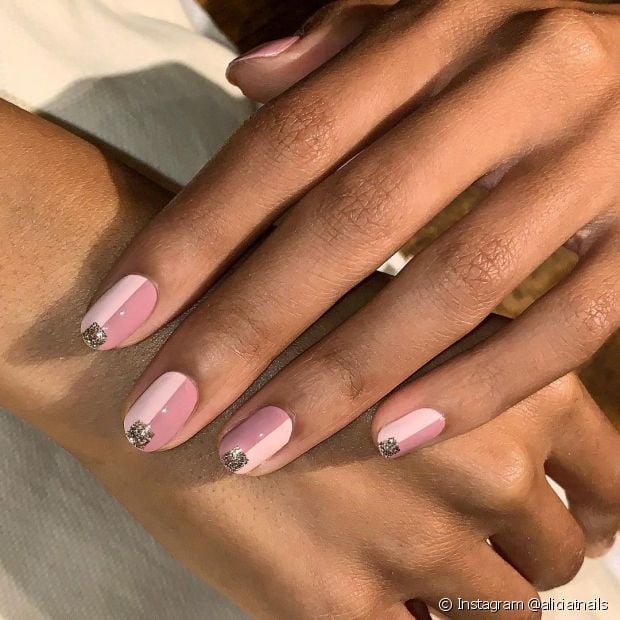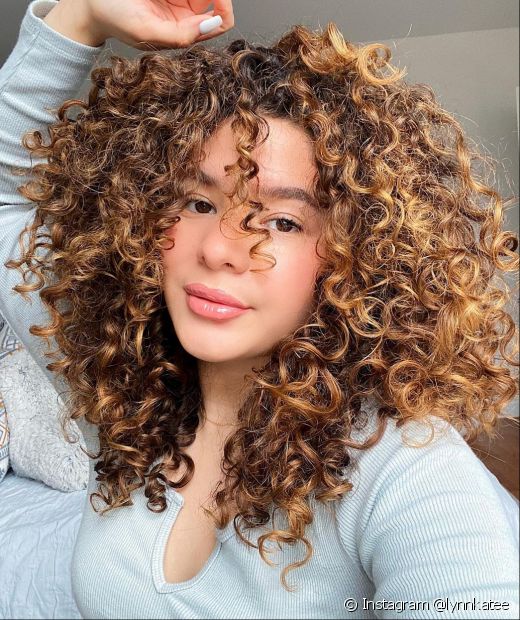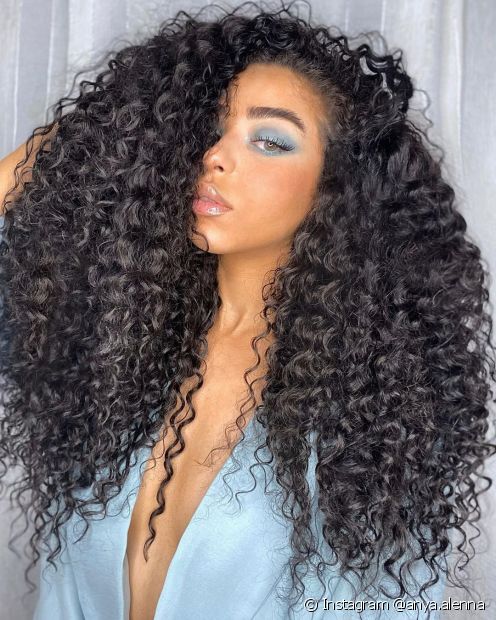10/ Hair cauterization: what is it used for and how to treat the hair

Hair cauterization replenishes the keratin in the strands more deeply (Photo: Instagram @meredithfoster)

Hair cauterization is recommended for those who use coloring, straightening or any type of chemical (Photo: Instagram @lizlizlive)

Those who use natural hair can also cauterize their hair at a different frequency than those who use chemicals on their hair (Photo: Instagram @matildadjerf)

With liquid keratin and a hydration mask, you can cauterize your hair at home (Photo: Instagram @madelineaford)

When performing capillary cauterization at home, you need to take some precautions (Photo: Instagram @kamilabravo)





diva tip

Liquid Keratin Niely Gold Intensive Repair 120ml
ExploreHair cauterization is one of the most sought-after reconstructive treatments in beauty salons. The procedure is indicated for damaged hair, whether due to chemical processes, the frequent use of heat tools or basic everyday factors, such as sunlight and air pollution. Even though it's a beneficial process, some people are still in doubt about what cauterization is and how it works to return health to highlights.
After all, cauterization straightens the hair? What is the difference between it and hair reconstruction? Is the treatment suitable for all hair types? Today, Fica Dica answered this and other questions about the treatment: take a look!
What is capillary cauterization? What is the treatment for?
Before knowing what capillary cauterization is and what it is for, you need to understand a little more about the function of keratin in the hair. Keratin is a natural protein found in the hair fiber: it is responsible for the structure of the strand, for keeping the hair strong, with sealed cuticles, without frizz or split ends, prepared to go through the day without breaking easily. That is: it is essential for the hair to be healthy. When damaged — especially after being exposed to chemical processes and excessive heat without precautions — hair is generally lacking in keratin.
Hair cauterization, then, has as its main function the replacement of keratin in the fragile hair strand so that it returns to health. It rebuilds and repairs damage to the hair fiber from the inside out and heals the porous and fragile thread, even helping to improve the absorption of water and nutrients from other treatments.
View this post on Instagram
A post shared by Courtney (@courtneyconejo) on May 9, 2018 at 3:33pm PDT
Hair cauterization x capillary reconstruction: what is the difference between the two procedures?
Now that you already know that cauterization in the hair serves to replace the keratin of the damaged strand, it is very common to wonder what the difference is between it and capillary reconstruction (which also acts in the replacement of keratin). Even though they are two very similar procedures and with the same purpose, cauterization and reconstruction are done in two different ways.
The step-by-step procedure for hair cauterization is very similar to that for hair reconstruction using liquid keratin. The main difference between the two is that the cauterization must be sealed with the heat of the flat iron and the dryer, to avoid protein loss. In addition, simple capillary reconstruction can also be done with a treatment mask, in the shower or with a longer action interval. Therefore, there are those who consider cauterization a deep reconstruction.
How to cauterize hair: step by step procedure at home
Even though hair cauterization is a very common procedure in beauty salons, you can also carry out the repair procedure at home. For this, you will need liquid keratin and a hydration mask in addition to the dryer and flat iron. Check out the step-by-step below:
1 step: wash your hair twice only with shampoo and remove excess moisture from the strands with a towel (at this time, you can use a deep cleaning shampoo);
2 step: then spray the liquid keratin over the entire length of the hair and let it act for 10 minutes;
3 step: after the break time, apply a hydration mask and leave it acting for another 5 minutes;
4 step: after the action time, rinse the hair completely and apply a thermal protector;
5 step: to finish, you will need heat to seal the cuticles of the threads - ideally, this step is done with the dryer and flat iron.
Cauterization: can curly hair receive the process?
Because of the sealing step that is usually done with a flat iron, the owners of curly and frizzy hair always have doubts about whether or not to cauterize their hair. After all, can the procedure straighten and permanently change the structure of the curls?
The answer is no: the keratin that is in the hair when it receives the heat from the dryer and flat iron does not have the power to straighten the hair. The aligned effect of the treatment can give the impression of slightly more open curls right after rinsing, but in a few days it returns to normal. Still, if you feel more comfortable, you can use the dryer with the diffuser as the heat source for this sealing step.
Cauterization can be performed on all types of hair, without restriction, but it is especially indicated for those that are chemically treated with straightening, relaxation, coloring or discoloration.
Visualizar esta foto no Instagram.
A post shared by Dacey Cash (@dacey_cash) on Dec 13, 2018 at 10:40 am PST
How often can I cauterize my hair?
Even though keratin is very important in capillary cauterization and reconstruction, if it is applied in excess, it can leave the thread very rigid, without elasticity. When this happens, any traction (such as when untangling or holding the hair with an elastic band) can cause the strands to break. Therefore, the following interval must be respected:
1) Healthy hair: natural and chemical-free strands can be cauterized once a month;
2) Damaged hair: in this case, the procedure is ideally repeated once a month with a simple capillary reconstruction in the middle of the break. That is: bet on a procedure that replaces keratin every two weeks, always interspersing cauterization and reconstruction;
3) Very damaged hair: wires that need to be recovered urgently can be cauterized once every two weeks interspersed with simple reconstructions halfway through. But be careful: this intensive routine should only be maintained until the hair recovers. After that, go back to the frequency with longer intervals between processes.
Diva tip: in addition to reconstruction and cauterization your hair needs hydration and nutrition to stay healthy - that is; the hair schedule. These two treatments also help prolong the effect of keratin replacement on the hair.
Capillary cauterization: how to do it taking all the necessary care
The desired result of capillary cauterization is much softer strands, full of shine and aligned, as well as resistant, strong and without the porous aspect. But, for this goal to be achieved, you will need to take some precautions when cauterizing at home. Check out:
1) Rinse your hair well after the process: in addition to avoiding the excessive oiliness that can be caused if the hydration cream is not completely removed from the hair, the excess keratin in this case can also be harmful to the hair;
2) Pay attention to the temperature of the flat iron: as you are going to do at home, the ideal is to keep the flat iron at a maximum of 200ºC, even if your device has the capacity to get hotter. Thus, you run less risk of burning the thread in the process.
Posted on: 26






